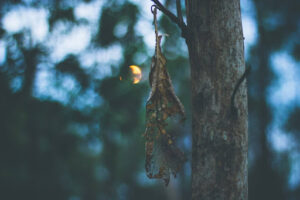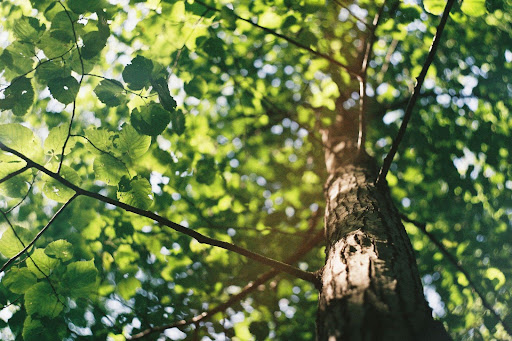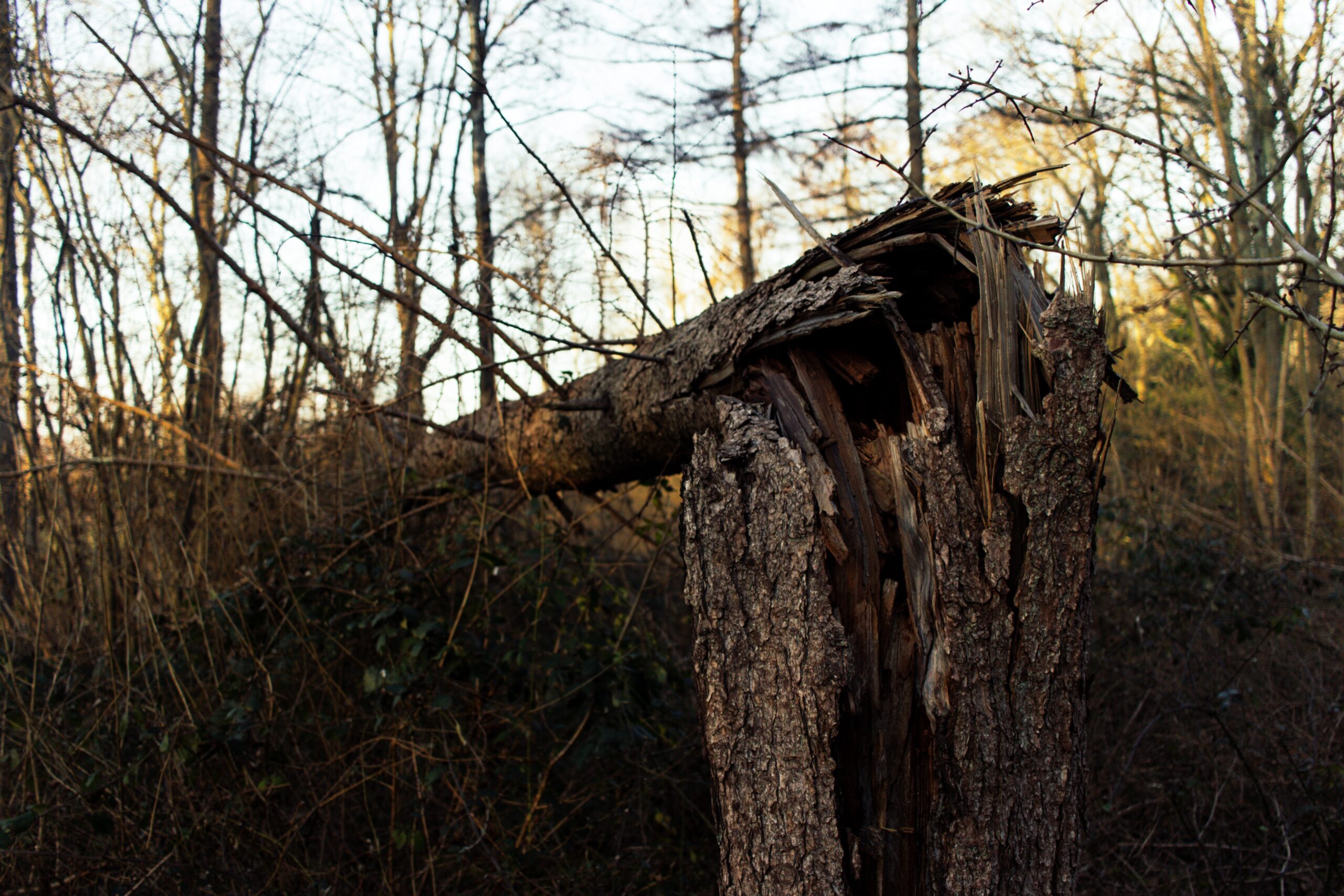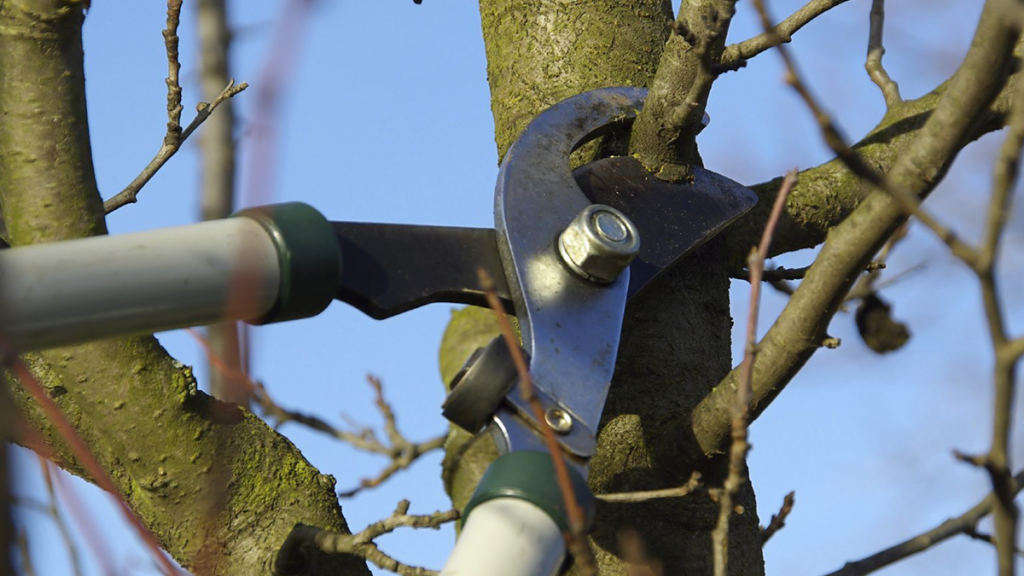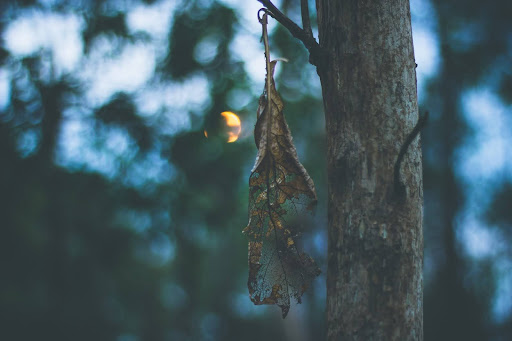
Date January 29, 2024
Trees can get sick like any living thing. Tree diseases can stem from abiotic causes (environmental or cultural factors such as weather, chemicals, and physical damage) or biotic causes (living agents such as fungi, bacteria, viruses, and nematodes). When a tree is sick, it develops abnormalities in its structure or its growth is impaired. Eventually, the sickness may spread, invite pests, and present physical hazards, such as rot and falling limbs. That’s why it’s so important to seek treatment for afflicted trees.
Homeowners can learn to identify the signs of a sick tree and discover the TreeNewal approach to tree disease management.
Signs of a sick tree
Image via Flickr by Amritanshu Sikdar
Tree disease management begins with awareness and monitoring. Though trees are susceptible to a wide range of diseases with distinctive symptoms, certain common signs can indicate an ailing condition. Homeowners should watch out for the following signs of tree sickness so they know when to seek professional services:
- Wilted leaves: Wilting can result from heat stress, drought stress, waterlogged soil, and biotic factors such as fireblight.
- Yellow or brown leaves or needles: If a tree’s leaves or needles are losing color outside of the fall season, it may indicate a nutrient deficiency or salt damage.
- Furry or powdery leaves: Patches of “fur” or “powder” on a tree’s leaves suggest a fungal infection.
- Holes in leaves: Holes may be due to insect damage, but they also result from fungal infections and weather conditions, such as cold temperatures and strong winds.
- Leaf, fruit, or bark blemishes: Spots, blotches, and other blemishes are telltale signs of certain fungal or bacterial tree diseases.
- Drooping or dead branches: Branches may separate from the rest of the structure as part of the tree’s effort to prevent a disease from spreading to the rest of the internal system.
- Tree leaning: A tree that leans could be suffering from damage to its roots or internal system, which may be due to rot and decay.
TreeNewal’s Approach to Advanced Tree Disease Management
The TreeNewal approach to advanced tree disease management centers on prevention. With some tree diseases, such as anthracnose, the presentation of symptoms often means it’s already too late to restore the tree’s health. With that in mind, we encourage our clients to pursue proper tree nutrition, soil conditioning, fertilization, and other practices that promote vigor and longevity.
Because diseases can arise even in the face of good tree care practices, our ISA-certified arborists are experts at diagnosing tree diseases and developing solutions. They carefully examine a tree’s leaves, canopy, structure, and other outward factors to identify potential signs of tree death. From there, they may prune the branches, enrich the soil, or apply treatments to mitigate impacts and resolve the issue.
Restore Your Trees to Health in Flower Mound, Texas
If you’re in need of tree disease management in Flower Mound, TreeNewal can help. We’re a sustainable full-service tree care company based in Dallas/Fort Worth. Our team of ISA-certified arborists has the expertise needed to prevent, diagnose, and treat common tree afflictions. Submit an inquiry form online or call 817-329-2450 to speak with an associate today.
